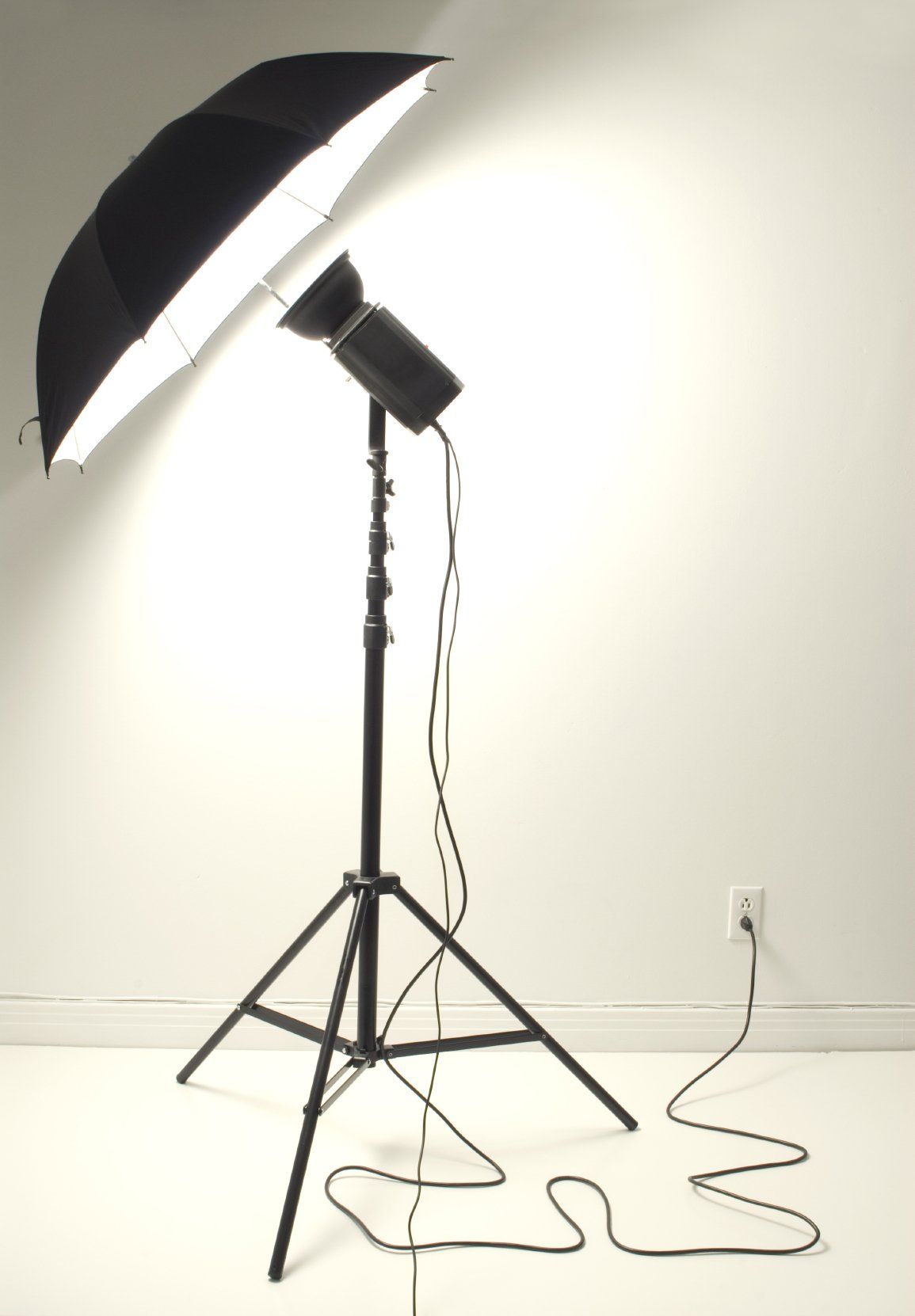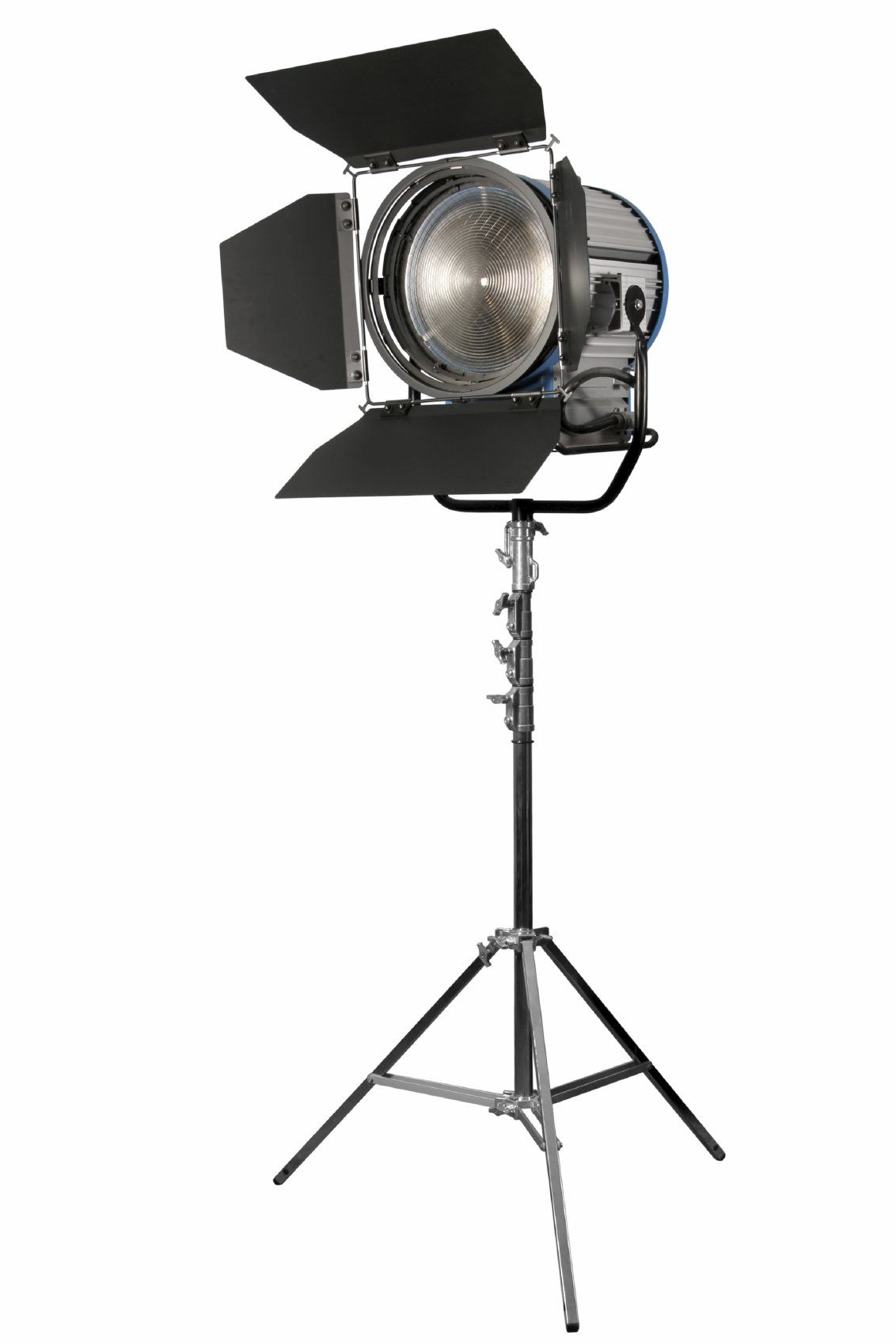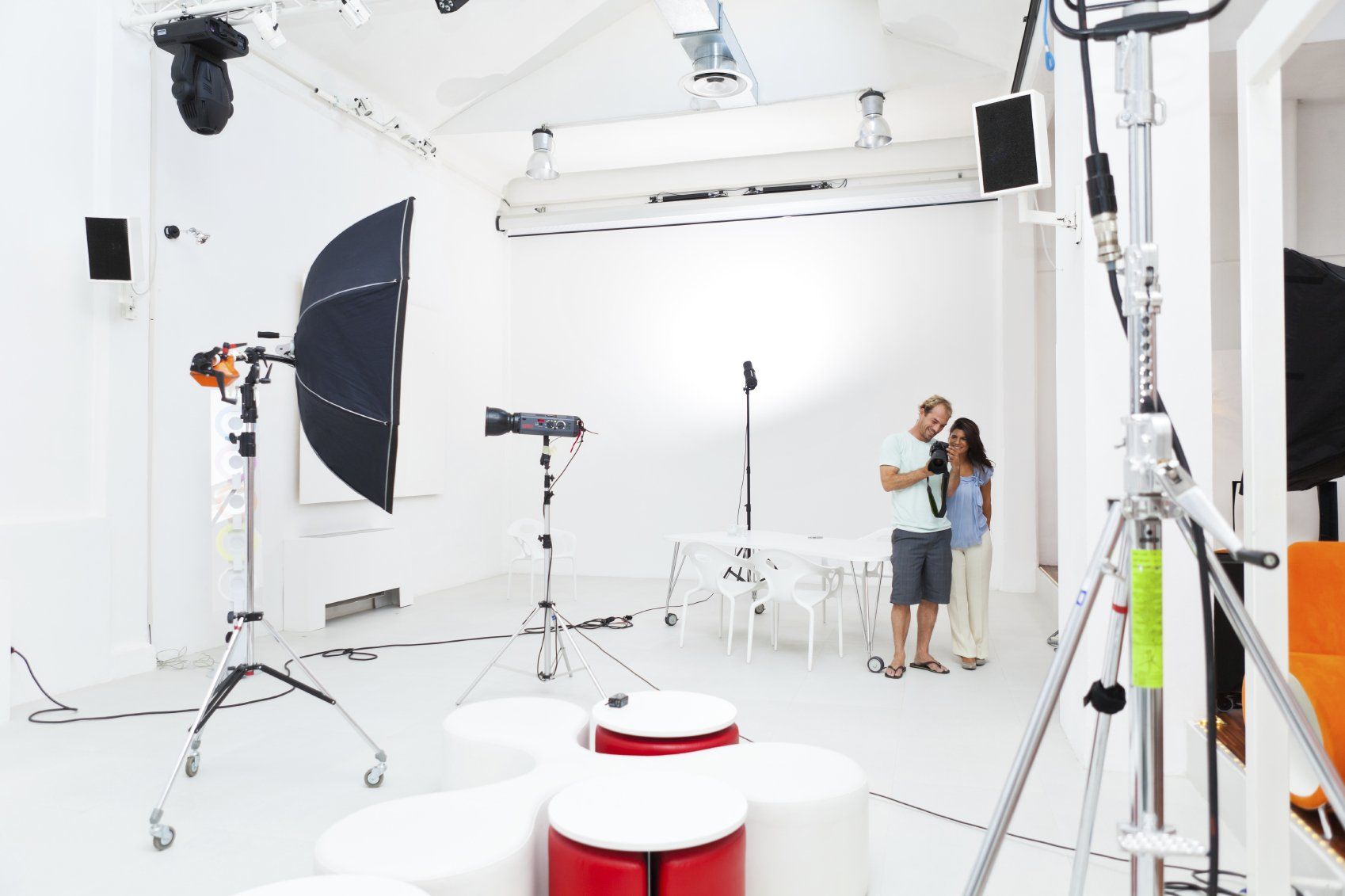Commit to Lifelong Learning
"perpetuam uitae doctrina!"
"Live as if you were to die tomorrow.
Learn as if you were to live forever." Mahatma Gandhi.

Photography Lighting
Enrich Your Life! We are here to point you in the right direction and cheer you on.



When shooting outdoors, natural light is usually the best option. You can enhance this natural light by using camera lenses or filters that allow you to alter the lighting conditions.
When shooting indoors, you will need to create artificial light by using studio lights, off-camera flash, or even household lamps and candles.
When it comes to portrait photography, lighting can be used to emphasize certain features of the subject, create a dramatic effect, or just provide a basic illumination.
The most important thing to remember is that the light should always be behind or above the photographer and directed at the subject.
For landscape photography, it is best to shoot during golden hour when the sun is low in the sky and the light is softer and more directional.
Wildlife photography also relies on natural lighting, so make sure you have the right equipment and know when to capture your shot.
Finally, if you are looking to make money with photography or just have fun, experiment with different lighting techniques and styles. Every photographer has their own preferences and techniques, so find what works best for you and enjoy creating amazing photos!
A Guide to Perfect Lighting: The Science of Photography
Lighting is one of the most important elements of a good photograph. It can make or break the final image, so getting it right is crucial. In this guide, we will explore the science behind perfect lighting in photography, from understanding how different types of light affect a scene to the technical considerations that can make all the difference.
We’ll also cover the art of lighting: how to use it to create an impactful and beautiful photo. By the end of this guide, you’ll have the knowledge to get you started on your way to creating stunning photos with perfect lighting.
List of Services
-
What is light?List Item 1
Light is a type of electromagnetic radiation that we can see. It is made up of particles called photons, which carry energy and travel in waves at a constant speed of 186,282 miles per second.
We encounter light everywhere in our daily lives, whether it is natural light from the sun or artificial light from bulbs and other sources. Light can be reflected, absorbed or refracted, which allows us to see different colors and hues in our environment.
In photography, light is one of the most important elements to consider. It is the key to creating a successful image that captures the mood and emotion of the subject. Understanding how light works and how it interacts with your camera can greatly improve your photography skills and produce stunning photos.
In the following sections, we will explore the different types of lighting and their benefits, as well as how you can use lighting to improve your photos.
-
What are the different types of lighting?List Item 2
When it comes to photography, lighting is one of the most important aspects to consider. There are several different types of lighting that you can use to create the perfect shot. Each type of lighting has its own unique benefits and drawbacks. In this section, we'll discuss the different types of lighting you can use in your photography.
1. Natural lighting
Natural lighting is any light that comes from the sun. This is one of the most commonly used types of lighting in photography because it's readily available. Natural lighting can provide a soft, warm glow to your photos, which can be ideal for portraits. It can also be great for landscape photos, as it can provide beautiful natural colors.
2. Artificial lighting
Artificial lighting is any lighting that's not natural. This can include things like studio lights or lamps. One of the benefits of artificial lighting is that you have more control over it than you do with natural lighting. You can adjust the brightness, color, and angle of the light to get the perfect shot.
3. Flash lighting
Flash lighting is a type of artificial lighting that uses a flash unit. Flash units can be attached to your camera or used off-camera. One of the benefits of flash lighting is that it can freeze motion, making it ideal for sports photography. It can also provide a powerful burst of light that can make your subject stand out.
4. Ambient lighting
Ambient lighting is any type of lighting that's already present in the environment. This can include things like streetlights, neon signs, or candles. Ambient lighting can provide a unique and interesting backdrop to your photos. It can also create a certain mood or atmosphere, depending on the type of lighting.
5. Reflected lighting
Reflected lighting is any type of lighting that's bounced off of a surface. This can include things like mirrors, white walls, or even water. Reflected lighting can provide a soft, diffused light that can be ideal for portraits. It can also provide interesting patterns or textures to your photos.
-
What are the benefits of each type of lighting?List Item 3
There are several benefits of different types of lighting in photography. Let's take a look at a few:
1. Natural light: Natural light is the most common type of lighting in photography. It's free, abundant, and offers a wide range of benefits. One of the biggest advantages of natural light is its ability to create soft and natural-looking photos. This type of lighting is perfect for portraits and outdoor shots, as it brings out the natural colors and textures of the scene.
2. Studio lighting: Studio lighting is the perfect solution when you want to create a controlled environment for your photos. It allows you to adjust the brightness, temperature, and color of the light to achieve the desired effect.
One of the biggest advantages of studio lighting is that it allows you to work in a completely controlled environment, which means that you can shoot at any time of day and still achieve the desired results.
3. Flash photography: Flash photography is another popular form of lighting that is used in photography. It's perfect for low-light situations or when you need to freeze the motion in your photos. One of the biggest advantages of flash photography is that it can create dramatic and high-contrast images that can't be achieved with natural light.
4. Ambient lighting: Ambient lighting refers to the light that is already present in the scene. This type of lighting is perfect for creating a mood or atmosphere in your photos. For example, if you're taking photos at a party or concert, you might use the ambient light to create a lively and energetic atmosphere.
-
How can I use lighting to improve my photos?List Item 4
Using lighting to enhance the look of your photos is an art in itself. The way you choose to light your subject can completely change the mood and tone of the image. Here are a few tips on how to use lighting to improve your photos:
1. Pay attention to natural light: Natural light can create some of the most beautiful images. When shooting outside, try to take advantage of the golden hours – the hours just after sunrise and just before sunset – as this is when the light is soft and warm.
2. Use reflectors: Reflectors are a great way to control the light in your images. They can be used to fill in shadows and create a more even lighting across your subject.
3. Experiment with artificial light: Artificial light sources such as studio lights and strobes can be used to create dramatic lighting effects. Take some time to experiment with different types of artificial light and see what kind of effects you can create.
4. Consider the direction of the light: The direction of the light can have a big impact on your image. Side lighting can create shadows and texture, while back lighting can create a halo effect around your subject.
5. Don't be afraid to play with shadows: Shadows can add depth and drama to your images. Experiment with the placement of your light source to create interesting shadows.
